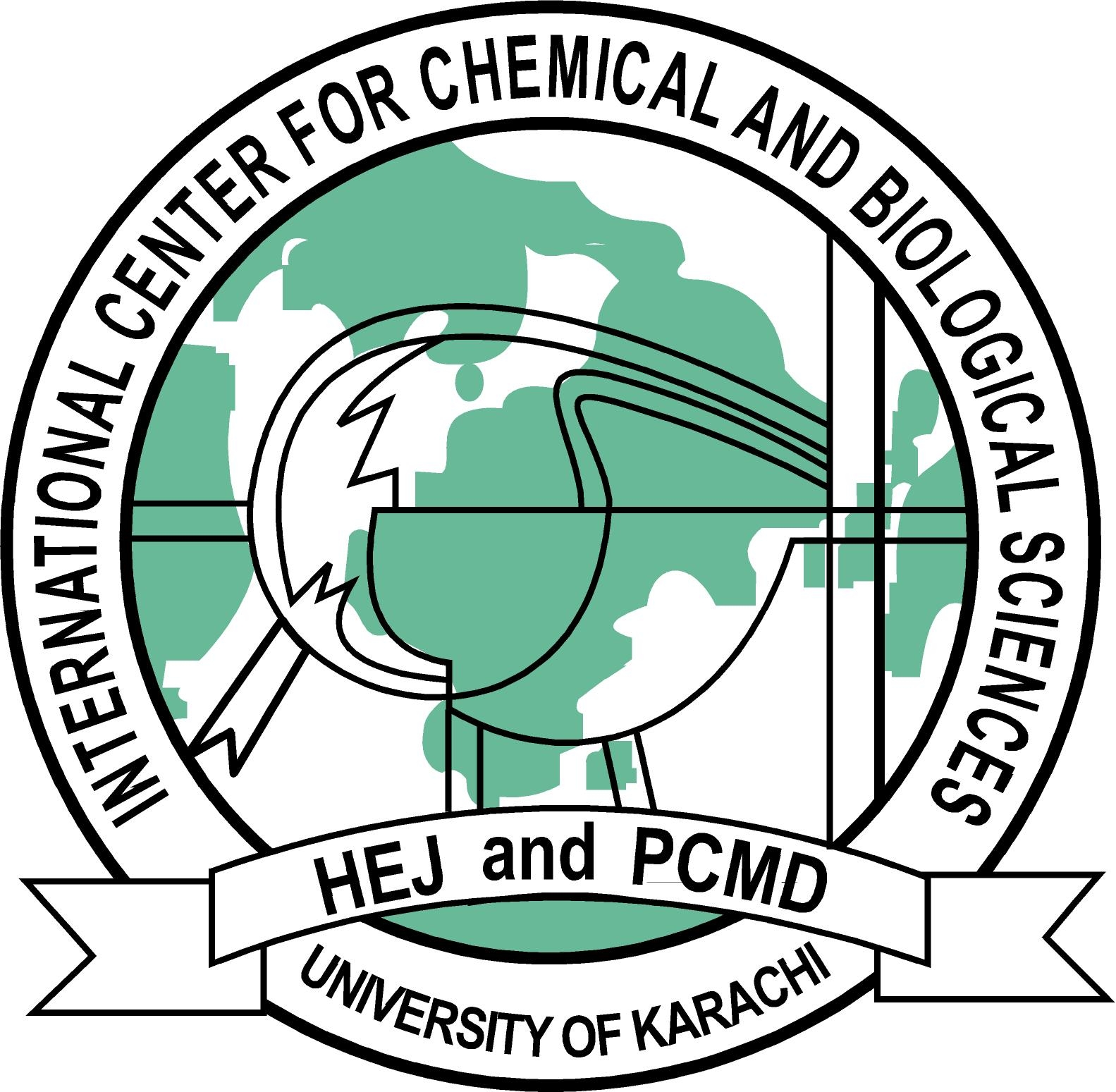Worldwide trends in green chemistry education / Zuin, Vania Gomes Ed.
Material type: TextPublication details: UK : Royal Society of Chemistry, 2015.Description: 345 p. ; 24 cmISBN:
TextPublication details: UK : Royal Society of Chemistry, 2015.Description: 345 p. ; 24 cmISBN: - 9781849739498
- TP155.2.E .58W67_2015
| Item type | Current library | Call number | Status | Date due | Barcode |
|---|---|---|---|---|---|
 Book
Book
|
The National Library of Chemical Sciences, HEJ Research Institute of Chemistry (HEJ) Library | TX155.2.E58.W67_2015 (Browse shelf(Opens below)) | Available | 8076 |
Educating the next generation of chemists about green chemistry issues, such as waste minimisation and clean synthesis, is vital for environmental sustainability. This book enables green issues to be taught from the underlying principles of all chemistry courses rather than in isolation. Chapters contributed by green chemistry experts from across the globe, with experience in teaching at different academic levels, provide a coherent overview of possible approaches to incorporate green chemistry into existing curriculums. Split into three sections, the book first introduces sustainability and green chemistry education , before focussing on high school green chemistry education initiatives and green chemistry education at undergraduate and post-graduate levels. Useful laboratory experiments and in-class activities to aid teaching are included. This book is a valuable resource for chemical educators worldwide who wish to integrate green chemistry into chemical education in a systematic and holistic way. It is also of interest to anyone wanting to learn more about the different approaches adopted around the world in sustainability education.

